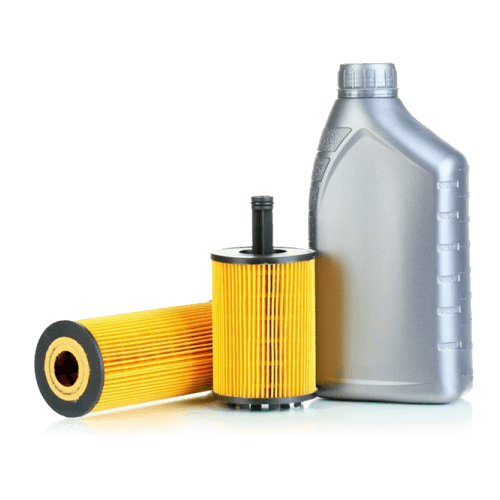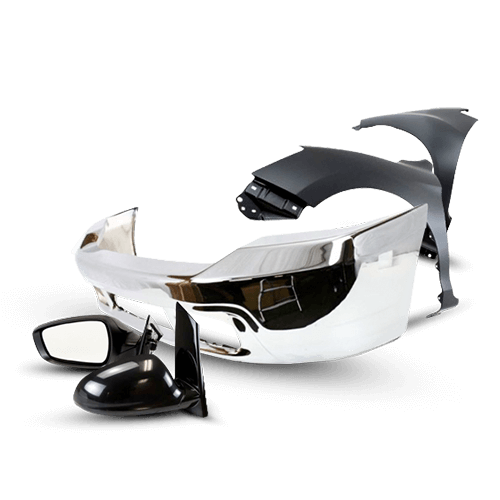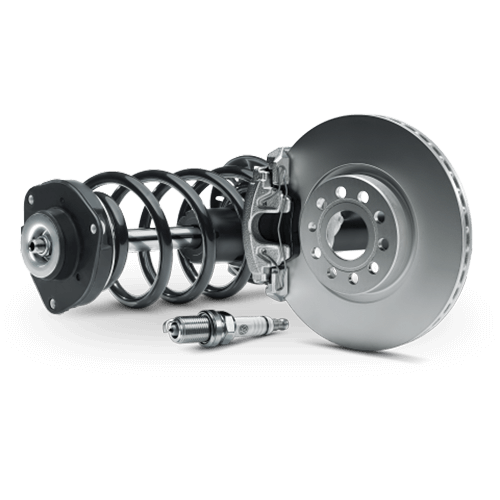
Top 5 reason why your halogen bulbs blew up so quick.
Your order just arrived. Either you ordered Osram Night Breaker Laser or Philips X-treme Vision, this would be the improvement you've been looking forward to vs. the old OEM stock halogen bulb that was in your car. If you have Toyota or Honda, replacing the headlight bulb wasn't too difficult. Sorry, Lincoln owners, you probably had to take the entire grill and some to get to the headlight bulbs. In any case, out with the old halogen bulbs, and in goes the new Osram (or Philips) bulb you got from your trusty HIDCONCEPT.COM.
Then, after about three months or so it blows up. That damn trusty HIDCONCEPT.COM sold me a lemon!!! Is, the first thought that went through your mind. Now, before you pick up that phone and get ready to throw some fire and brimstone to the poor sap who'd pick up the phone. After all, you bought Osram Cool Blue Boost and not a firecracker!
Now, before you talk to one of us, here are a few possible reasons why the halogen bulbs blew up so quickly.
#1 Your finger grease
Not the best idea to change the bulbs after that delicious Kentucky fried chicken lunch. Halogen bulbs, just like any other bulbs, get pretty hot. So the quick formula for blowing halogen bulbs is:
Hot bulb + greasy finger= Boom.
This reason is well known to most people, and are careful not to touch the glass part. To reach the optimal lifespan, the heat needs to evenly spread out throughout the surface of the bulb. Traces of dirt or oil from your finger can disrupt and in some extreme cases, the bulb could actually explode. In short, don't touch that Osram Cool Blue Boost H11 just because they're so beautiful!
#2 Wire connection
Yes. There is a reason why your nail fell off taking that bulb out of the socket. The wire connection, especially to the bulb and the bulb holder, is made tightly to hold the bulb during any type of driving condition. (See # 3) Loose wiring connection can cause the current (the flow) of the electricity becomes intermittent which will make the bulb's temperature to increase and thus blow up the filament. If this is the case, fitting new connectors to the bulbs will solve the problem.
#3 Vibration
IMHO, this reason is usually not that common. After all, we're not gliding in the sky, cars are spinning wheels on asphalt road! Of course, things will vibrate all over the car. Having said that, too much vibration can, technically, damage the thin halogen filaments. This is one of the reasons why you should always buy quality brands like Philips or Osrams. Also, this is why HID Xenon bulbs are far superior to halogen bulbs. No filaments!
#4 AGUA (Condensation in the headlight)
Headlights have small holes on the top and bottom that allows limited ventilation. The function of it is to allow a certain amount of air to flow in and help to reduce moisture in the lens. If the headlight assembly is damaged or not mounted correctly, then you will actually see a collection of condensation forming in the headlight. The worst case is some of the cheap copied version you see on eBay. They are made so bad that condensation can be seen just a few weeks after the installation. So, Condensation=Bad=damaged halogen bulbs.
#5 Alternator Regulator
No, that is not the name of a new Transformer character. Faulty voltage can be the real culprit behind damaged halogen bulbs. Alternator regulator which stabilizes the voltage flow is a very important piece of an electrical part in your car. If this part has a problem, the voltage flow would be intermittent and cause spikes of high voltage that would ultimately cause damage to the bulbs and headlight fuse. There is a simple test that would require a multimeter and another breathing human being (A.K.A. Your buddy)
1) Open the hood (The easy part) and take out the positive terminal safety cover from the battery (Usually, "RED.")
2) Set the multimeter to 20 DC volts
3) Before the exciting testing, make sure that ignition is off and so are all the car lights.
4) Connect the positive multimeter wire to the positive terminal of the car's battery. Then, connect the negative multimeter wire to the negative terminal of the car's batter.
5) Now, call your buddy. Have him start the engine.
6) When the car is running, and without any revving up, the reading on your multimeter should go up to approximately 13.5 to 13.8 volts.
7) Now hold on. you didn't call your buddy to just start the engine. Tell him to slowly rev up the engine until it reaches in between 1500 to 2000 RPM.
8) If the multimeter reading goes over 14.5v then you have a problem, Houston. This means that your voltage regulator is bad.
Anyway, the above 5 reasons are not the only causes, but most likely causes that your halogen died so shortly. So, before you blame Philips, Osram or HIDCONCEPT.COM, please check those points. I know, it's pain in you know where, but a truckload of halogen bulbs will not be enough to solve the problem when the cause is somewhere else. If anything, team @ HIDCONCEPT.COM is here to assist you.






